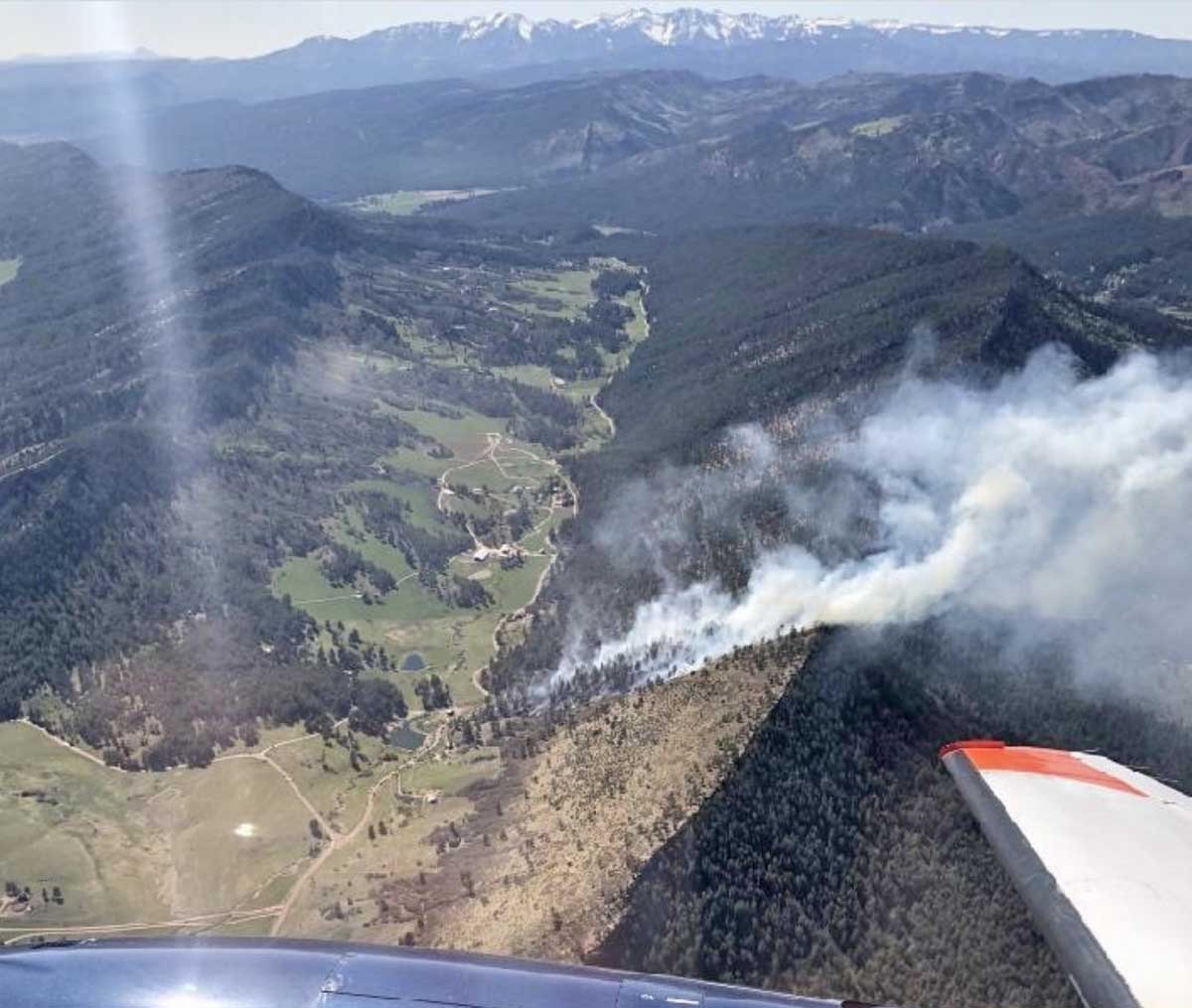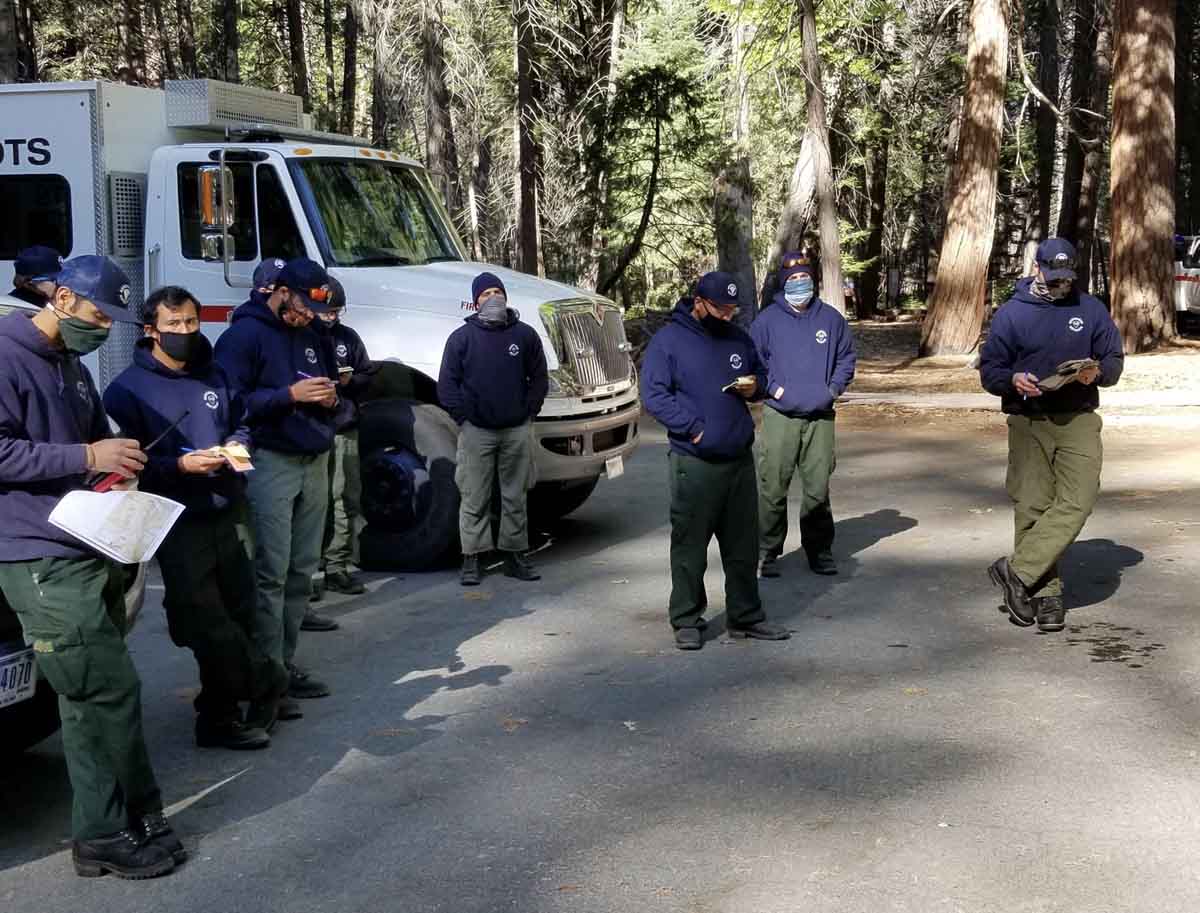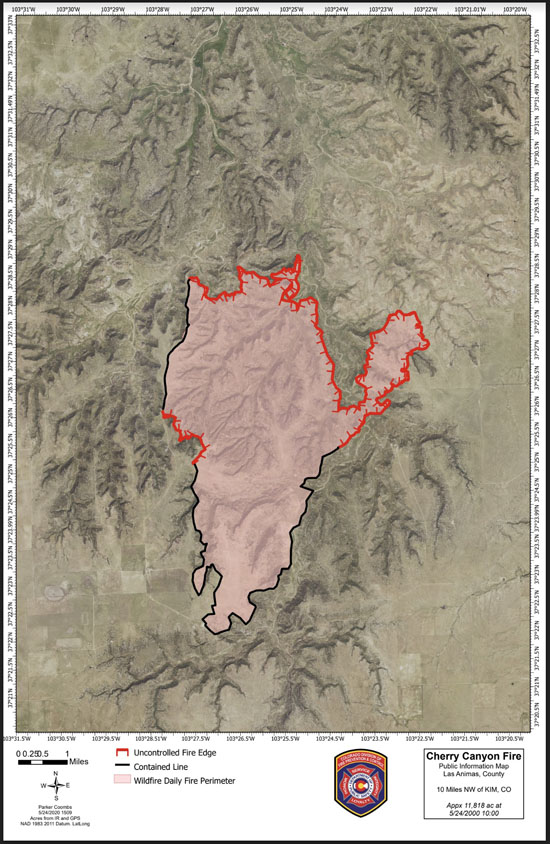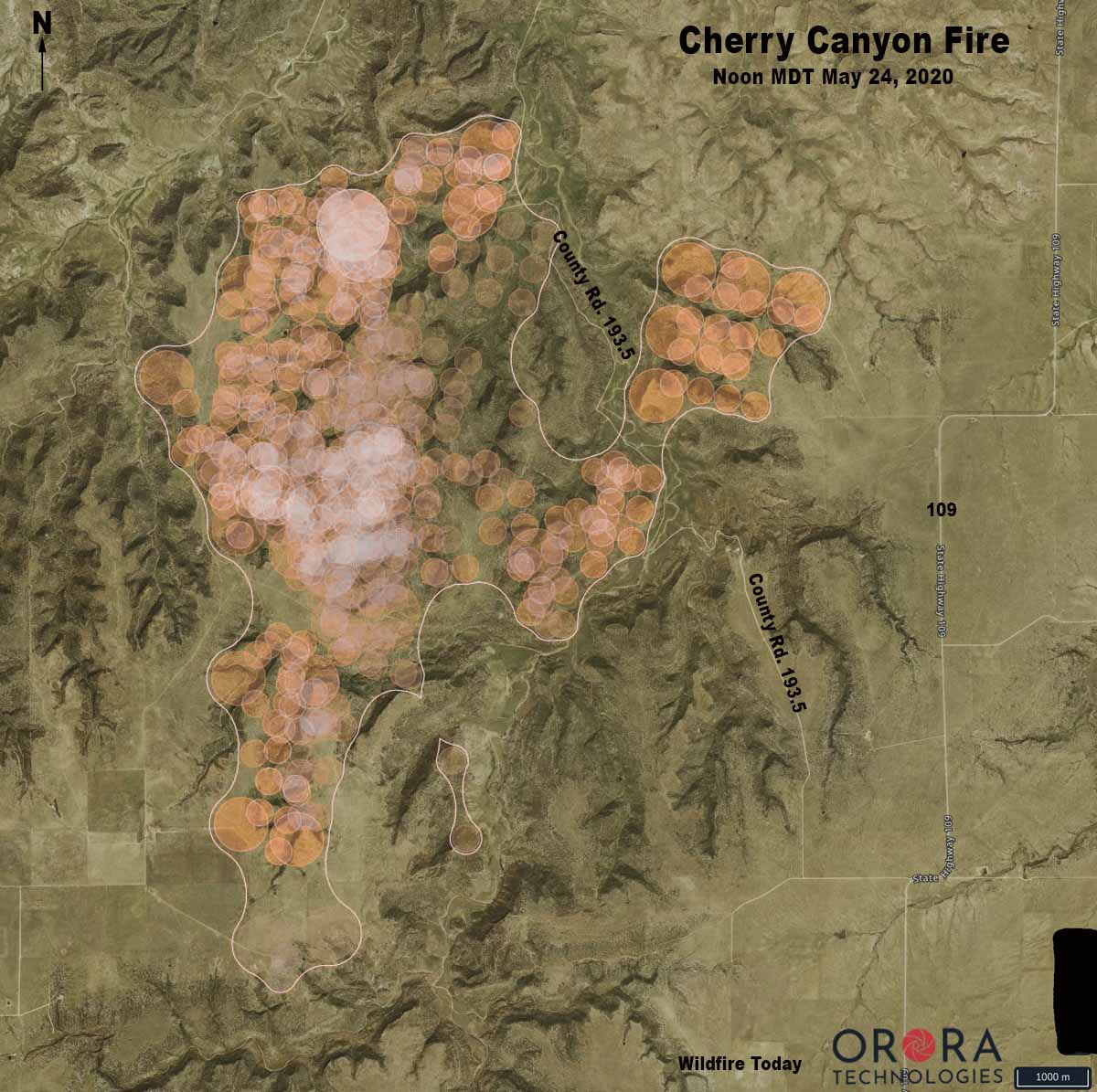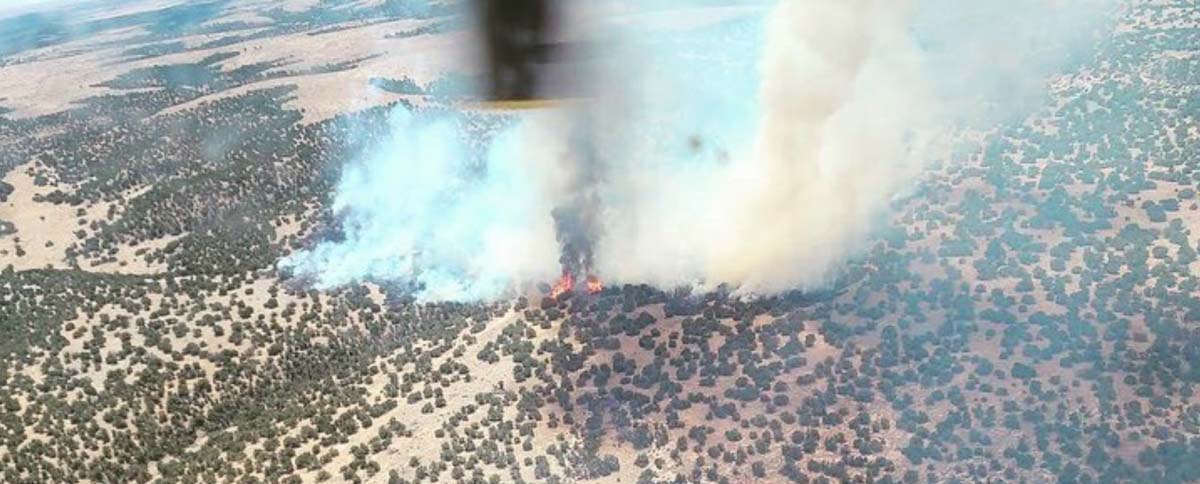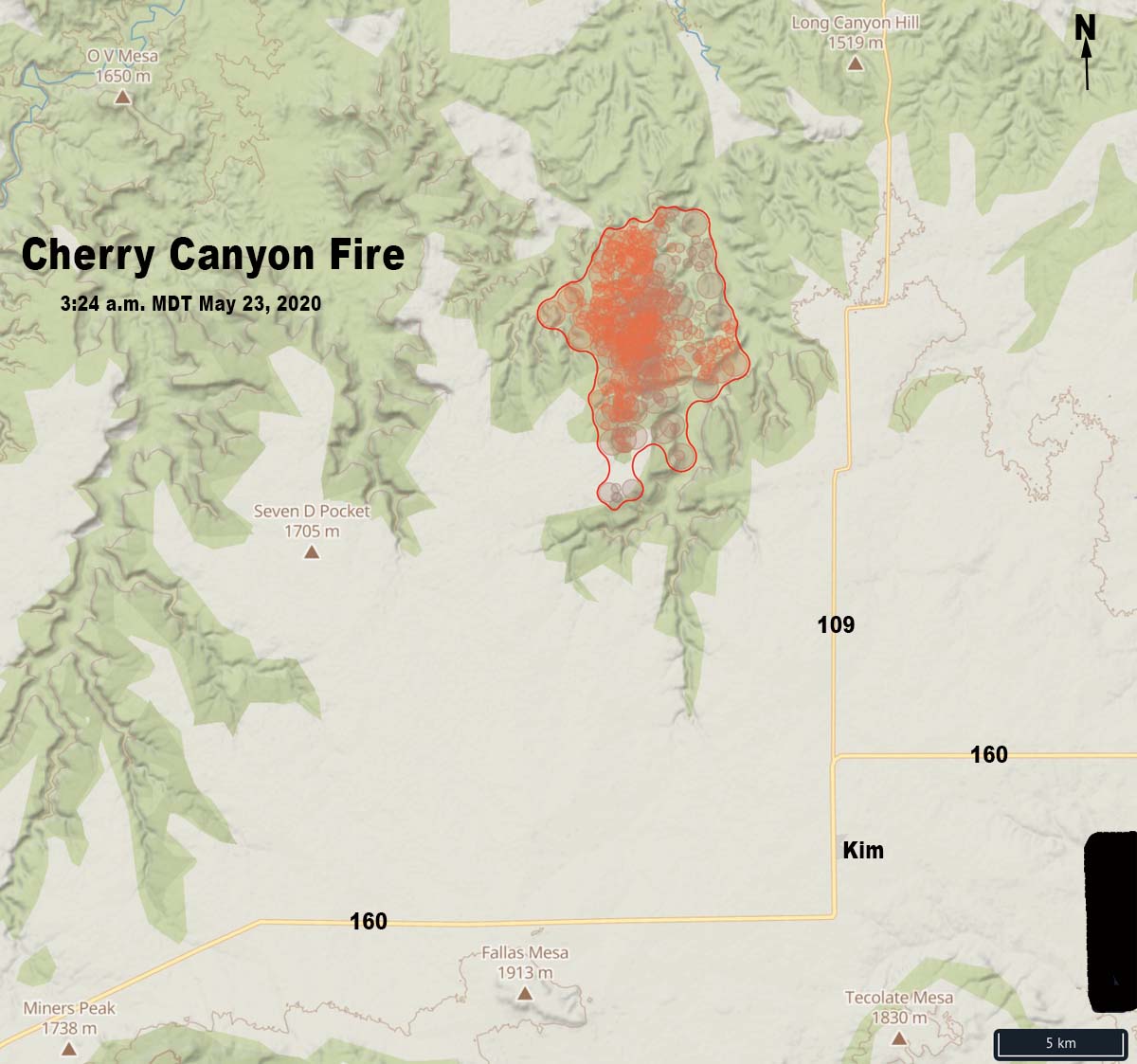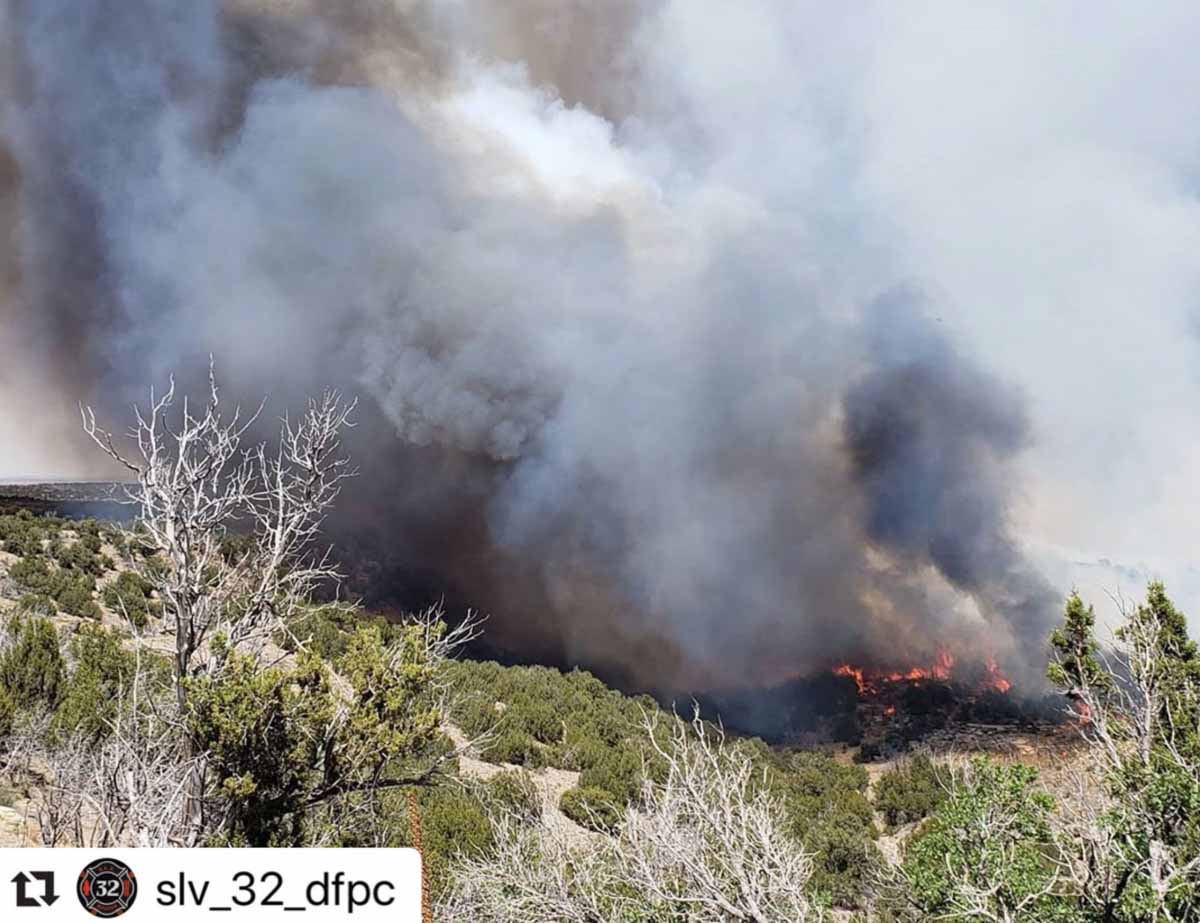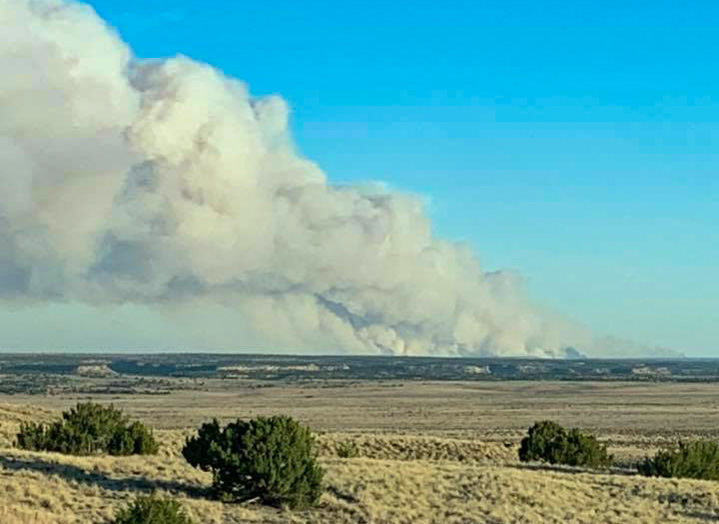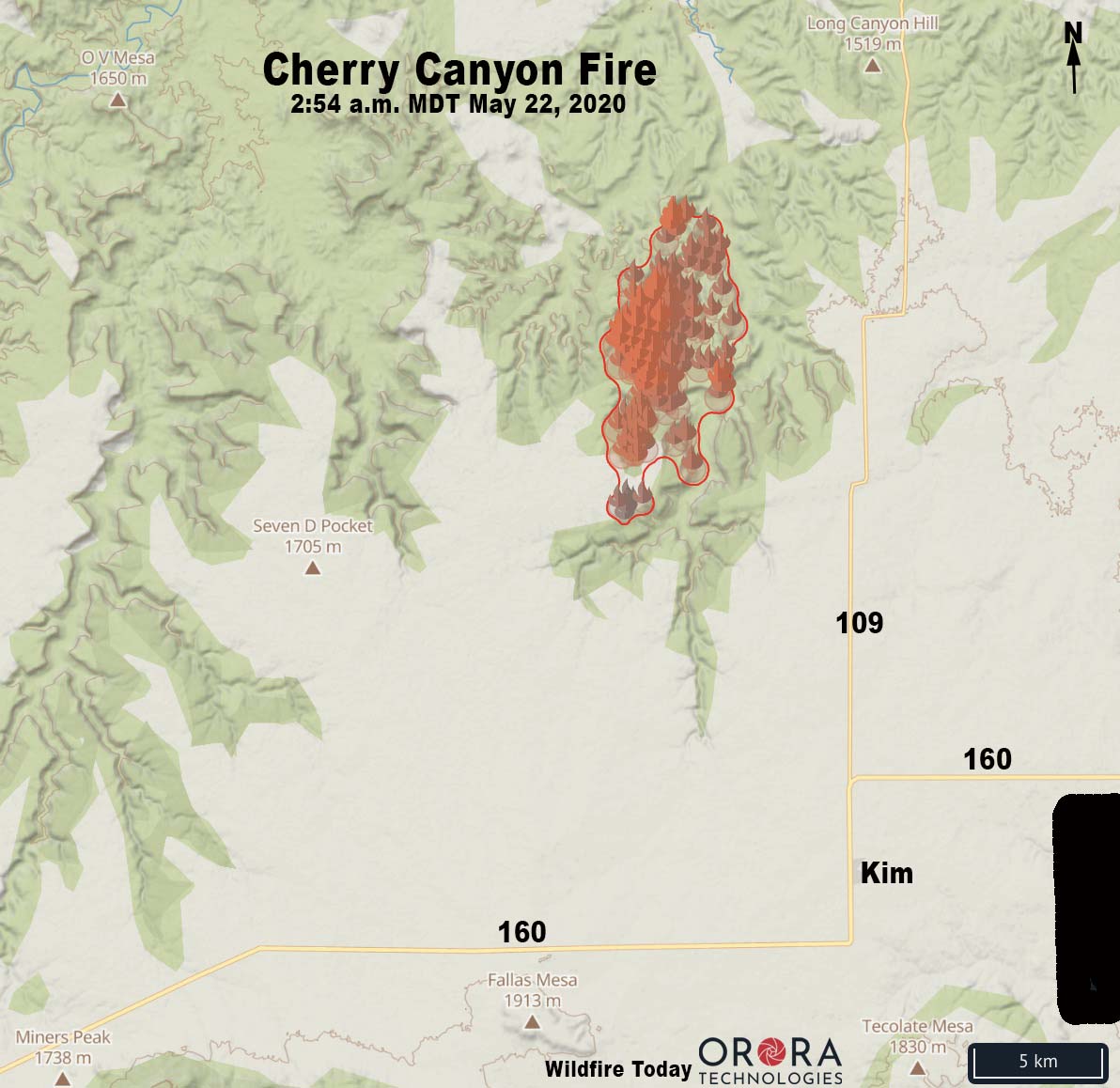
BY KARI COBB
Although Australia is no stranger to wildfires, the 2019-2020 season was one of the worst fire seasons on record. Major bushfires began in spring 2019 (June), and by September were stronger, more intense, and more frequent. The fire situation continued to worsen, and by November, Australia requested international assistance to suppress the thousands of fires on the landscape.
Over a span of four months, the United States responded to Australia’s request for firefighters by providing personnel from the Bureau of Indian Affairs, Bureau of Land Management, U.S. Fish and Wildlife Service, Forest Service, and National Park Service. In total, the U.S. Fish and Wildlife Service (FWS) provided 11 individuals to assist in suppression efforts.
FWS employees filled important roles, including engine captain, situation officer, aircraft officer, task force leader, fire behavior analyst, division supervisor, planning section chief, operations section chief, air support group supervisor, and public information officer.
“Our mission was to support the Australian government in suppressing the bushfires and keeping the Australian people and communities safe,” said Reynaldo Navarro, Assistant Fire Management Officer, South Texas Refuge Complex. “Our tasks included firing operations, engine support, mopping up or blacking out, hand line construction, hazard tree felling, and structure triage and protection.”
“Being in Australia was a great, yet very humbling experience,” said Kyle Bonham, Engine Captain at Klamath Basin National Wildlife Refuge Complex, of his time in Australia.
Although the Australia bushfires brought great destruction and impacts to the country, FWS personnel were welcomed with cheer and open arms.
“What stands out to me are the Australian people,” said Richard Sterry, Fire Management Specialist, Lakewood, Colorado. “I was assigned to a more rural area, and the Australian people were wonderful to work with. They always had smiles on their faces and were constantly going out of their way help us learn their system.”
By mid-February, more than 46 million acres (72,000 square miles) burned since the first fires in June, 2019. Overall, 80 percent of the Blue Mountains World Heritage area in New South Whales, and 53 percent of the Gondwana World Heritage rainforests in Queensland burned.
Fighting bushfires in Australia provided a unique opportunity for FWS firefighters to learn new firefighting skills, as well as hone the skills required to fight fire in the United States. Due to Australia’s location in the southern hemisphere, fire season occurs at a time when much of the U.S. is out of danger of wildfire. Firefighters helping with suppression efforts in Australia were afforded a unique opportunity to polish firefighting skills needed during wildfire season in the U.S.
Kari Cobb is the acting public affairs officer for the U.S. Fish and Wildlife Service at the National Interagency Fire Center.

